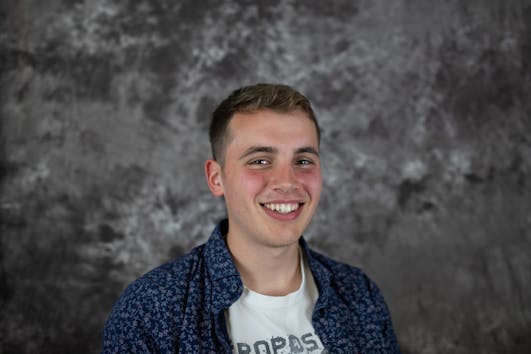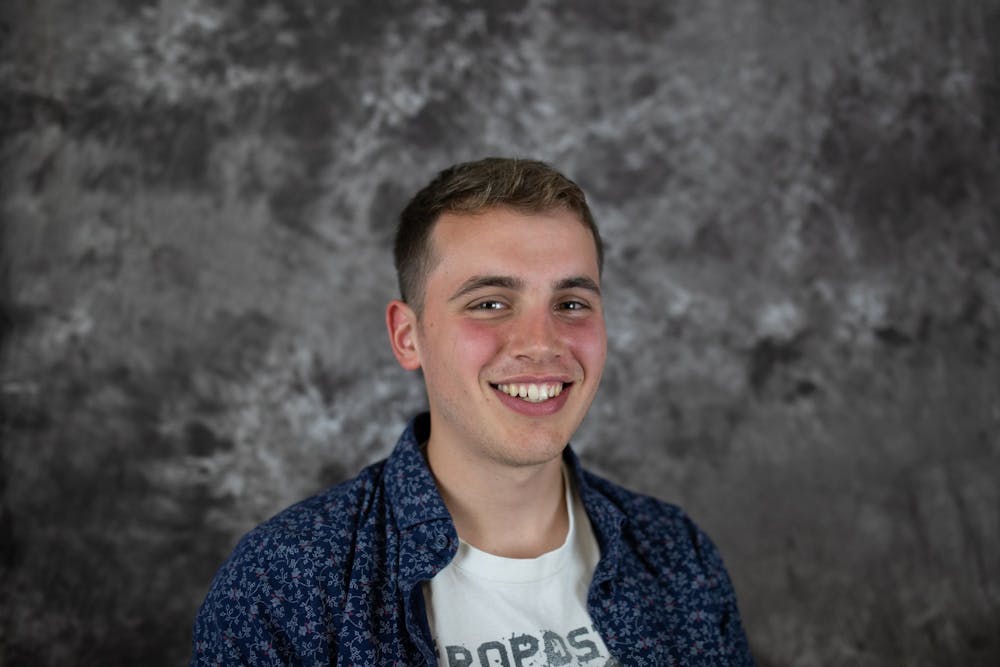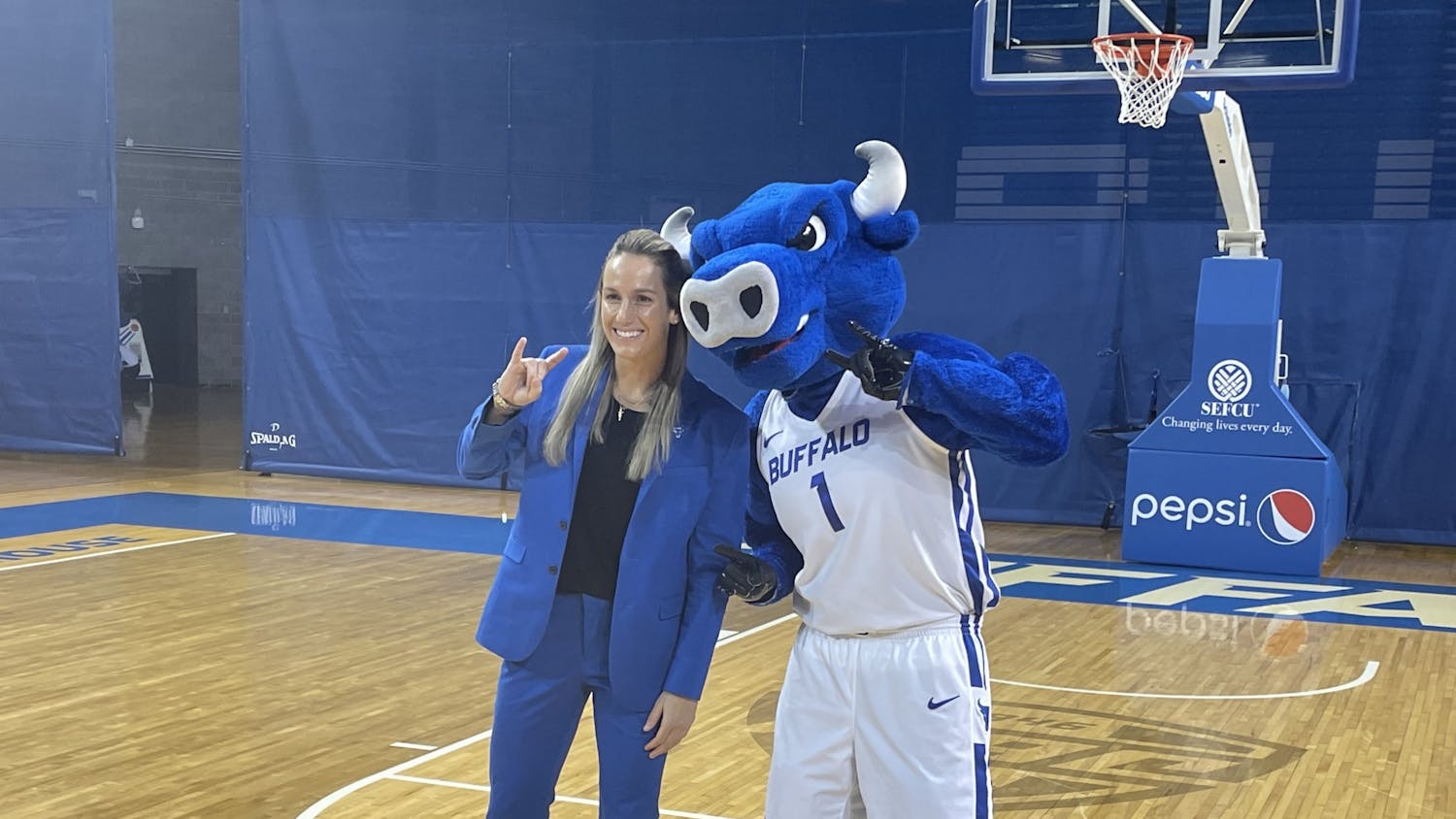Last Friday, I stepped out of the 2003 Honda Civic I borrowed from my roommate, put my mask on and walked into the Delavan-Grider Community Center gym.
I was hit with the wave of COVID-related deja vu the second I entered. A perky public health official handed me an information packet and made sure I knew when to come in for my second dose. Nurses in blue latex gloves manned folding tables, and a handful of vaccine recipients sat in rows of chairs to fulfill their mandatory 15-minute supervision period.
I sat down at one of the tables lining the wall, made small talk about my fear of needles with the nurse and waited for the injection. My nurse, a middle-aged woman who didn’t have the time or energy for my needle phobia, stuck the needle into my forearm. A “wheal” (basically a glorified mosquito bite) quickly formed on my arm.
I sat down to wait for symptoms that would never appear, said goodbye to that perky public health official and drove away. The whole endeavor took 20 minutes.
If you’re in a high risk category like I am, I can’t recommend getting the monkeypox vaccine enough.
The normal, temporary vaccine-related side effects are possible according to the CDC, but I didn’t have any (and all three doses of the COVID-19 vaccine left me bedridden for hours).
I still have the red bump on my arm. It itched for a day or two, but it’s not a lesion. It won’t scar, and it doesn’t hurt.
I’d take that over monkeypox any day of the week. Monkeypox symptoms include rashes, legions, muscle aches, headache, fever, chills and more and typically last 2-4 weeks, according to the CDC. All I needed was one look at drag queen Trinity K. Bonet’s Instagram post about getting infected to send me frantically searching for the next vaccine clinic near me.
I won’t be fully protected until I’m two weeks out from my second dose in October, and even then the vaccine won’t be 100% effective. But less than a week after my first dose, I’m still more protected than I was before. If given within four days of exposure, the JYNNEOS vaccine may reduce the chance of infection, and if given 5-14 days after exposure, it can reduce the intensity of symptoms.
I’m still being careful, but getting vaccinated has lifted a cloud hanging over my head. Grindr is no longer scary for monkeypox-related reasons, just for all the normal herpes-related reasons. I’m going to an indoor gay club this weekend, and I’m not anxious about hitting the dance floor (with all my mediocare-at-best dance moves).
I can recommend getting the monkeypox vaccine all I want, but there’s one problem: access is incredibly limited. As of this publication, there are no first dose appointments available in Erie County, according to the county health department’s website.
That’s unacceptable. Unlike during the HIV epidemic, a public health crisis that affected primarily members of the LGBTQ community, we have effective tools for stopping the spread and a public health establishment that isn’t hopelessly homophobic and transphobic. Not using those tools to the fullest extent possible before monkeypox goes from a concern to a full-blown crisis is irresponsible.
There are only 15 active monkeypox cases in Erie County, according to the New York State Department of Health. Let’s keep them low. Expand access to the vaccine, and get vaccinated when you can if you’re at risk.
Grant Ashley is the managing editor and can be reached at grant.ashley@ubspectrum.com

Grant Ashley is the editor in chief of The Spectrum. He's also reported for NPR, WBFO, WIVB and The Buffalo News. He enjoys taking long bike rides, baking with his parents’ ingredients and recreating Bob Ross paintings in crayon. He can be found on the platform formerly known as Twitter at @Grantrashley.





